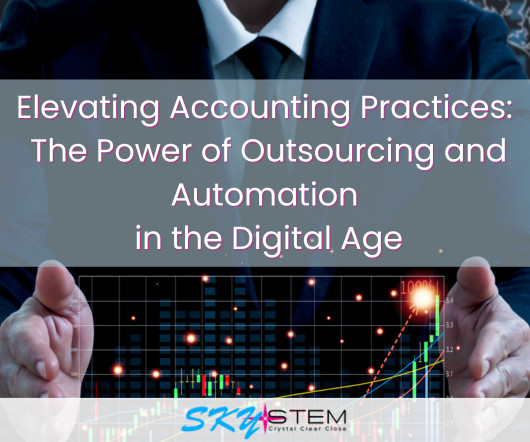Have you been pwned?
Ontrack Bookkeeping
OCTOBER 14, 2023
I have just returned from a Accountants and Tax Agents Institute of NZ (ATAINZ) Workshop in Auckland, where members of the ATAINZ congregated for a day of learning and community connection. Given I am a people person, I loved seeing people in person and really being able to connect on a level you just cant get over the internet. It was great to have our ethical responsibilities as a member of ATAINZ covered in one of the first sessions, with scenarios on how to deal with certain situations.
































Let's personalize your content